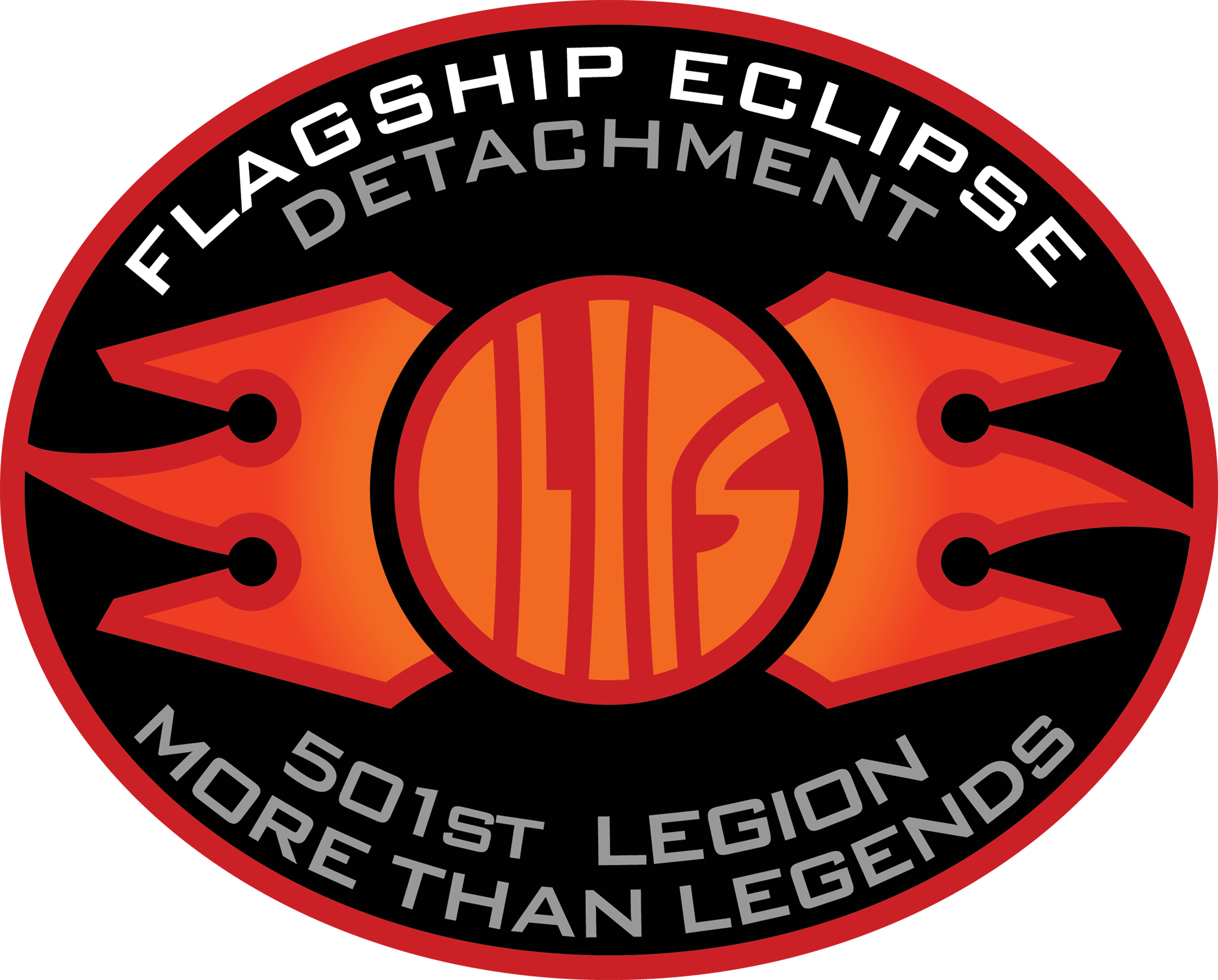
PlayStation’s recent love for remasters and remakes has become quite controversial over the last few years. Rising development costs and the longer gap between the big new tentpole releases that Sony thrives on are likely to blame. Former PlayStation executive Shuhei Yoshida seemed to confirm this recently by saying these re-releases help fund new games.
While the recency and availability of these titles call into question their necessity, they’re not all created equally. Some of these remasters have been pretty decent, while others seem a bit like cynical cash grabs. Here’s how all these first-party PS5 remasters — not remakes like 2020’s Demon’s Souls, The Last of Us Part 1, and 2024’s Until Dawn — stack up against each other.
8. Uncharted: Legacy of Thieves Collection
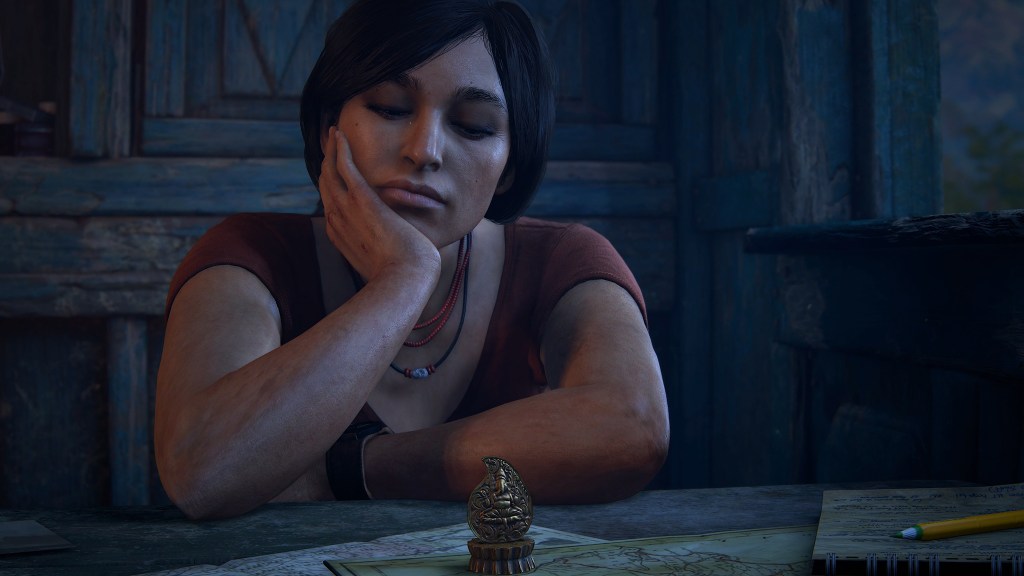
Uncharted 4: A Thief’s End and Uncharted: The Lost Legacy are two of the best Uncharted games, not only because they have the smoothest gameplay loops of the franchise, but also because they are both more mature, character-driven takes on the treasure-hunting adventures the series was founded upon. But despite that, this collection is the most lackluster remaster PlayStation has released for the PS5.
For one, the visual upgrade both games receive is negligible. This is mostly because of how stunning they looked on PS4 and PS4 Pro and didn’t leave much room for improvement; there’s a reason Naughty Dog games take so long to make now. The higher frame rate options are nice, but they’re just not worth the upgrade fee.
However, the lack of new content is the true folly here. There are no additional modes or extras to entice those who already have the incredible PS4 versions. It can also barely make the value argument since these games didn’t get premium single-player-focused DLC. Other studios, Sony included, have added more than this for free to other games.
7. Marvel’s Spider-Man Remastered
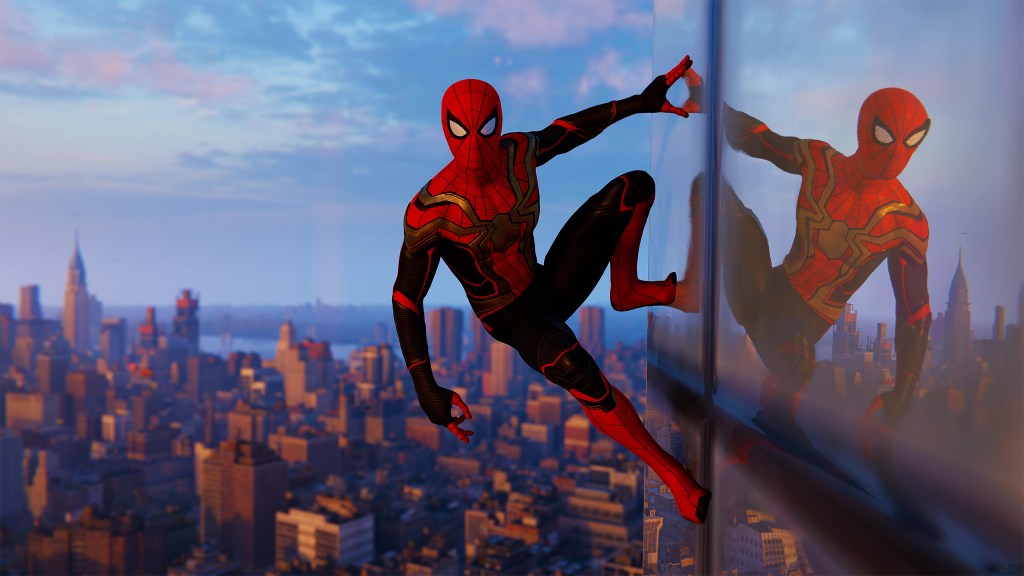
RELATED: Marvel’s Spider-Man 2 Players Surprised With New Update
Marvel’s Spider-Man Remastered is guilty of a lot of what Uncharted: Legacy of Thieves Collection is: it’s a remaster with very little new additional content. There are two Spider-Man: No Way Home suits that aren’t in the PS4 version and a whole host of accessibility features — both of which are welcome — and that’s about it.
However, its visual improvements are a little more noticeable and give this remaster more of an edge. Developer Insomniac Games has added new, more detailed textures to characters and many of the objects in the world. Lighting has also been overhauled and is best shown off in its new ray tracing modes. Marvel’s Spider-Man is a looker on the base PS4, so these enhancements aren’t utterly game-changing, but they are more than the typical frame rate and resolution bump. Some may not like Peter Parker’s new face, though.
6. Days Gone Remastered

Days Gone can’t compete with most of the other games on this list, given how it just, at its core, does not meet the standard set by most other single-player first-party PlayStation games. But Days Gone Remastered hits enough of the required targets to be a passable remaster, even though being a recent, average-at-best quality game makes this a questionable rerelease. It’s got a handful of visual improvements like better lighting and significantly darker nighttime — which is fitting for a zombie-filled game — but it at least also has its share of new photo mode improvements, accessibility options, and new modes.
The speedrun mode is a strange addition for a game that runs about 30 to 60 hours, but the permadeath mode, while likely too hardcore for most, at least fits the tone of the game. But the biggest new feature is the Horde Assault mode that cranks up the number of undead to a level the PS4 likely wouldn’t be able to handle. It’s truly a spectacle to see this many enemies on screen at once and helps legitimize this PS5 remaster’s existence. However, the loop of mowing down hordes gets repetitive pretty quickly, and it isn’t deep or dynamic enough to warrant going through all four maps multiple times to snatch each unlock. Days Gone’s combat is not as tight as others of its ilk, meaning the appeal of these modes isn’t as deep as it could be, but doubling down on new features is at least a solid idea.
5. The Nioh Collection
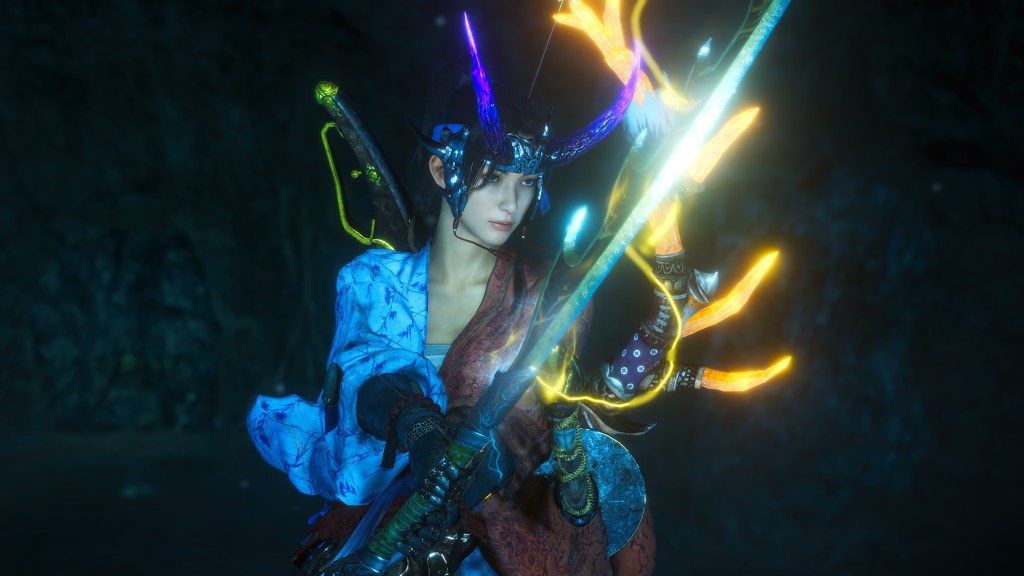
The Nioh Collection is a bundle of two of the best action-focused soulslikes, and while it commits the sin of not bringing anything new to the table, it does make up some of that ground just based on pure value. Having access to two best-in-class action RPGs and all six expansions means there’s a lot to chip away at here and learn, as both games are, in typical soulslike fashion, incredibly difficult. Learning the ins and outs of the combat and mastering each enemy’s timing keeps both games — especially the sequel — engaging the whole time. Bosses are a particular highlight, and the dramatically faster load times get players back into the action much more quickly after dying.
The previously mentioned lack of new content brings down this remaster, but it’s not the only sore spot. Many of Nioh 2’s quality-of-life features (like not needing to grab your dropped “souls” during a boss fight) were not added to the first game. The original Nioh also looks a little washed out since Team Ninja didn’t liven up the color palette to match its sequel. The upgrade path is also confusing and may force some players to pay full price. Not even the technical upgrades are worth it since players can unlock the frame rate in the PS4 versions in the in-game options, meaning the PS5 bump isn’t as noticeable (but the native PS5 versions can run at 120 frames per second). These pros and cons make it a complicated remaster, but they demonstrate how far value can take a collection like this.
4. Horizon Zero Dawn Remastered
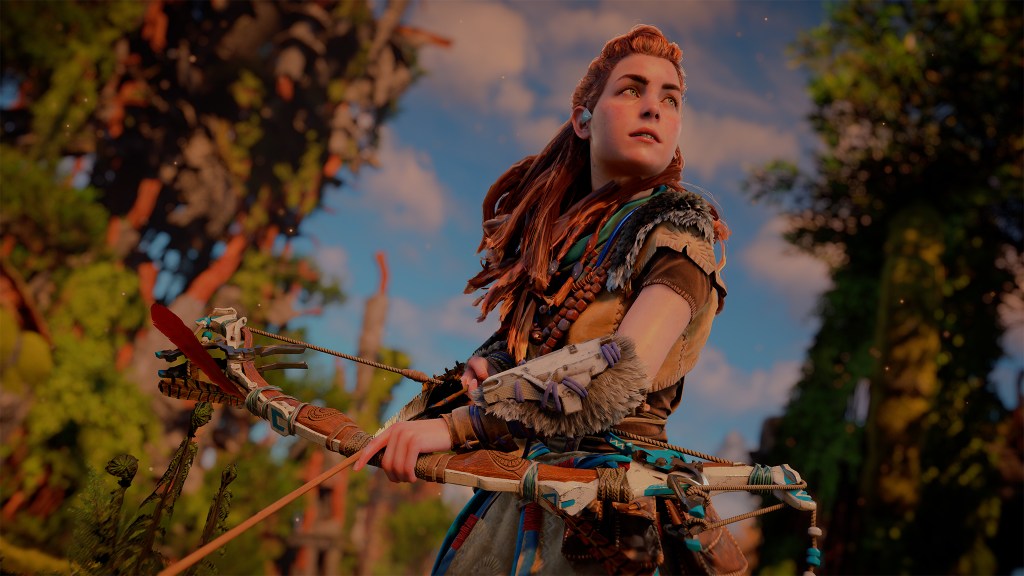
Horizon Zero Dawn Remastered is unusual because it’s both a remake and remaster. And given its in-between status, its visual upgrades are immediately noticeable. The denser environments, improved lighting, and more detailed character models help bring it more in line with its gorgeous sequel. The PS4 original was updated to run at 4K and 60 frames per second on PS5, but the visual quality of this remaster still blows that update out of the water, which most other games on this list can’t attest to.
The most striking change, though, comes in the form of the new mocap. Many of the dialogue exchanges in the 2017 original were a little lifeless because characters did not consistently gesture while speaking, evoking some of the less flattering bits of conversations in Bethesda Game Studios’ old RPGs. Horizon Zero Dawn Remastered addresses that with its array of new animations that ensure that these sequences are more engaging to watch, a boon for a game this focused on its story. They don’t quite hit the high-quality mark of its sequel, and some parts can still look a little janky, but these modernizations help make the jump to Forbidden West less jarring.
Shooting arrows is also a fair bit tighter and its wide variety of accessibility options brings this game into the modern age and more in line with its sequel. The inclusion of its incredible Frozen Wilds DLC is also a nice bonus that adds more overall value. Horizon Zero Dawn Remastered doesn’t have any big new mode or gameplay feature, but the thoughtful and sweeping visual tweaks elevate the experience enough to compensate.
3. Ghost of Tsushima Director’s Cut
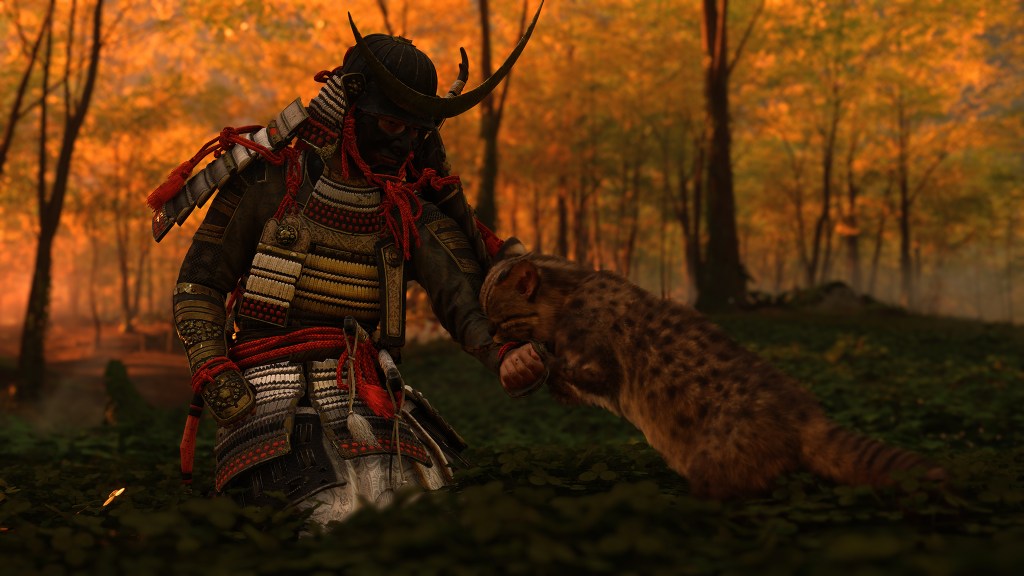
Ghost of Tsushima Director’s Cut technically came out on PS4 as well, but its prominence as a PS5 experience gives it a high spot on this list. This expanded edition’s importance comes from the Iki Island DLC that served as its main selling piece, and it was quite the expansion to rally a whole release around. The Iki Island expansion examined Jin Sakai’s complicated father and spoke to generational trauma in ways that fit the themes of the main game while also working as a standalone storyline. When combined with beautiful new scenery and some additional enemy types, Iki Island is one of the greatest recent expansions.
The PS5 upgrade’s more accurate lip flaps for the Japanese dub are appreciated, but they are often a little wonky and are more of an acceptable bonus over a big bullet point feature. And, like The Nioh Collection, this Director’s Cut is slightly hampered by how well the original PS4 game was optimized to run on PS5, negating some of the technical specs this native port brings. But centering this release around the Iki Island DLC is what gives Ghost of Tsushima Director’s Cut such high marks. It may also be on PS4, but it demonstrates that upgrades like this are best paired with significant amounts of new content.
2. The Last of Us Part 2 Remastered
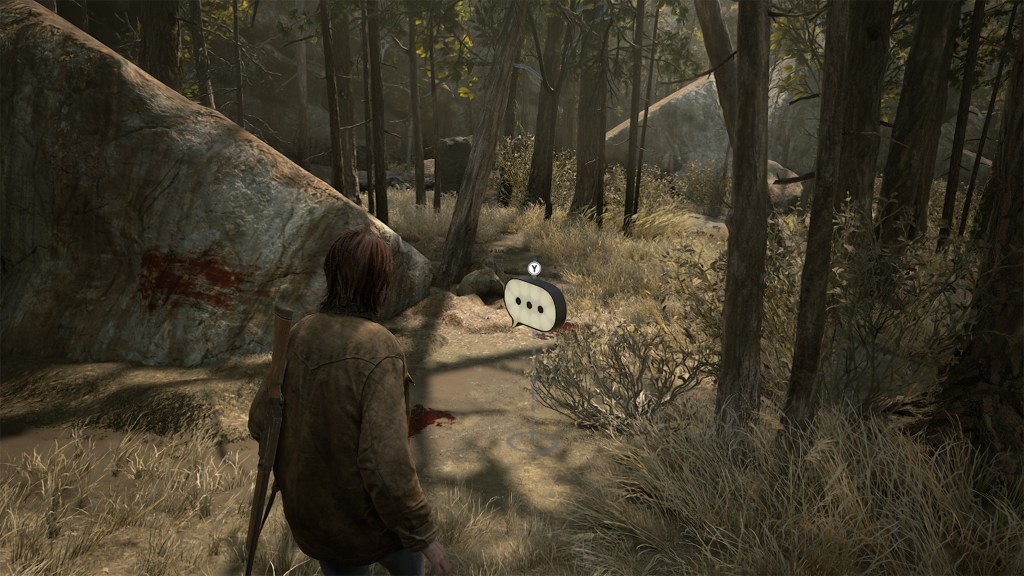
The Last of Us Part 2 Remastered addresses the main issue with Naughty Dog’s other remaster, Uncharted: The Legacy of Thieves Collection, by actually adding meaningful features. The three cut levels give a decent insight into what the team members were thinking as they made these ill-fated stages, and any look behind the curtain is appreciated, especially when it is playable and paired with context.
But the biggest and best new feature is the roguelike No Return mode. This narrative-free addition yields an astonishing amount of replay value by letting the combat sandbox truly shine. The four enemy factions, wide variety of maps, 12 unique characters all with different skills, handful of modes, scenario-changing mods, and extensive weapon arsenal mean there’s always a new way to experience the tension-filled, player-driven anecdotes these interlocking systems are designed to create.
This tightly honed gameplay is reason enough to continually jump back in for one more run, but the meta progression of unlocking new skins is a nice bonus that brings it all together. The Last of Us Part 2 is all about the problems with cycles of violence, so it’s always going to be a little ironic that a violent roguelike mode is its best new feature, but that slight thematic conflict is more than worth the tradeoff.
1. Death Stranding Director’s Cut

While Hideo Kojima himself said he isn’t fond of the “Director’s Cut” label, Death Stranding Director’s Cut is still the best remaster Sony has put out. Unlike most games on this list, this upgrade actually mixes around the core game and does so to great effect. The widely criticized slow opening has been tightened up and fleshed out with new mechanics, meaning players don’t have to speedrun past the first big section to get to the trip planning and micromanaging that makes Death Stranding so special.
While the new nods to Metal Gear Solid are silly, the new gameplay tools are more exciting, especially since they, unlike the MGS-like sneaking sections, mostly accentuate what Death Stranding does well instead of highlighting its few flaws. The new catapult, vehicle, Buddy Bot, jump ramp, bridge, and endgame hover pack mix in well with the existing toolset and give players more utility. Combat has also gotten some upgrades, thanks to the new firing range, additional melee options, and taser. Combined with the new racetrack and ability to replay bosses, Death Stranding Director’s Cut is a more complete and even version of an already-incredible game and not just a resolution boost (although it is that, too).
The post PlayStation’s First-Party PS5 Remasters, Ranked appeared first on ComicBook.com.
